What Does a Chocolate Craving Mean: What Are The Reasons We Crave Chocolate So Much
One of The Greatest Food Cravings known to exist is the intense Craving For Chocolate. We’re talking about the craving for that milk or high-quality dark chocolate to fix any sugar addiction craving. Late at night, when the kitchen has quieted down, I find myself reaching for that bar of dark chocolate, and I can’t help but wonder: Why Am I Craving Chocolate?
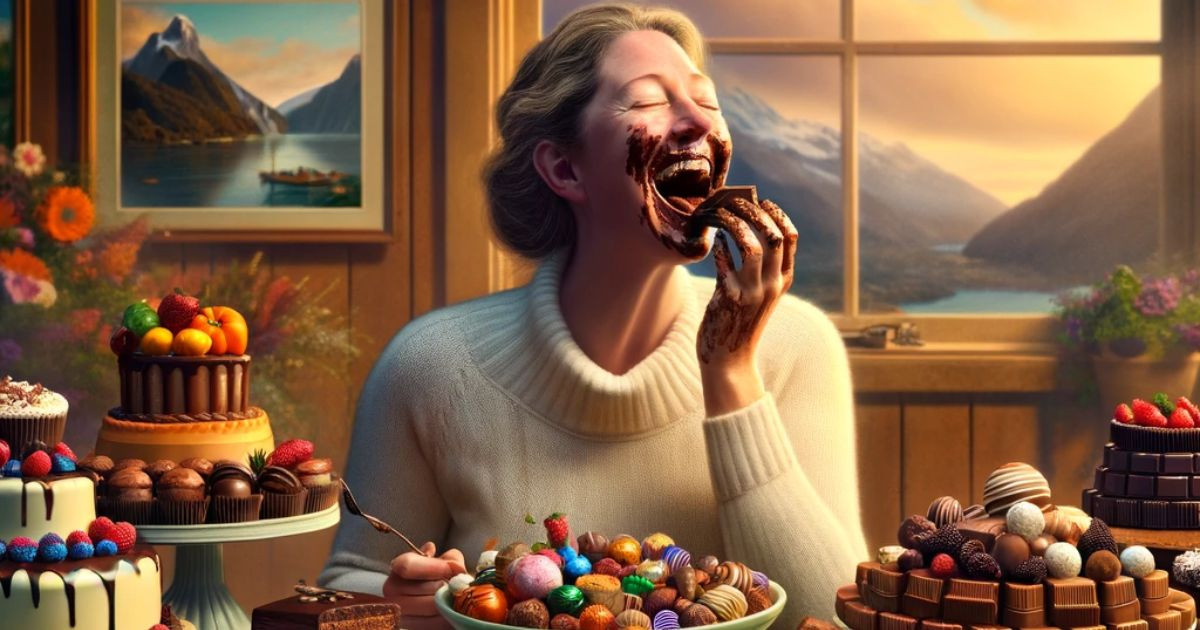
Let’s take a stroll down memory lane. Remember those times when, as a kid, the mere sight of a chocolate bar would light up your eyes?
Or those moments when, after a long day at work, all you needed was the comforting embrace of a dark chocolate square melting slowly on your tongue? We’ve all been there. But why does eating dark chocolate have such a hold on us?
Oh, Chocolate – that rich, creamy temptation that calls my name, especially during those late-night hours. As a professional chef who’s worked with this delightful ingredient in countless ways, I’ve often wondered about the magic behind those chocolate cravings.
Trust me, it’s not just about having a sweet tooth. There’s a whole world of reasons why we yearn for a piece of chocolate, whether it’s a fancy truffle, simple chocolate bar, or a handful of chocolate chips falling into our pancake pan.
Think about it: One moment, you’re content, and the next, you’re rummaging through your pantry for that last piece of chocolate. Sounds familiar, doesn’t it?
I’ve observed a fascinating journey: from its historic origins as a revered but bitter drink in ancient Mesoamerica to its modern-day incarnation as the go-to remedy for a bad day.
Let’s not forget the pregnancy cravings – oh, the number of chocolate cravings I’ve witnessed among expecting mothers in my circle! It’s a phenomenon that never ceases to amaze me.
I can’t wait to tell you all about the science behind these cravings – yes, there’s actual science to it! So, if you’ve ever asked, “Why am I craving chocolate?” you’re in for a treat. Let’s melt down the mystery together, shall we?
Table of Contents
Why Am I Craving Chocolate?
Are you ready to explore the different dimensions of chocolate cravings?
From the historical allure of this ancient treat to understanding why some of us, especially expecting mothers, seem to need an extra dose of it, we’ll cover it all.

The Psychological Appeal of Chocolate
Why Does Chocolate Make Us Feel So Good?
The Science of Happiness: Ever wonder why eating chocolate seems to lift your spirits? There’s actual science behind it! Chocolate stimulates the release of endorphins, those feel-good chemicals in our brains. It’s like a natural high, and who doesn’t love that?
A Boost for the Brain: Chocolate also increases serotonin and dopamine levels. These neurotransmitters are crucial for mood regulation. It’s like chocolate whispers to our brain, “Hey, cheer up!” And more often than not, our brain listens.
The Chocolate Effect in Everyday Life
Stress Relief: Have you ever grabbed a chocolate bar when stressed? You’re not alone. Many of us instinctively turn to chocolate for comfort in stressful times. It’s a quick, delicious way to give ourselves a little break from the chaos of everyday life.
The Social Connector: Chocolate also plays a significant role in our social lives. Think about it – chocolate gifts on Valentine’s Day, chocolate treats at parties. It’s not just a food; it’s a way to connect, celebrate, and. show love and affection?
In the world of chocolate, there’s more than meets the eye (or the taste buds, for that matter). It’s a journey into our psyche’s realms, offering flavor, celebration, and emotional nourishment.
Chocolate and Menstrual Cravings
Understanding the Monthly Cravings
Hormonal Rollercoaster: The menstrual cycle does more than just affect the body; it also takes our taste buds on a wild ride. Hormonal fluctuations can lead to a desire for sweet and comforting foods, with chocolate often topping the list. It’s like our body’s saying, “I need a little extra love right now.”
Magnesium Magic: There’s a theory that these cravings are partly due to fluctuating magnesium levels during the menstrual cycle. Chocolate, especially incredibly dark chocolate, is rich in magnesium. It’s as if nature knew what it was doing, providing a tasty source of what we might be missing.
The Chocolate Variety Factor
Dark vs. Milk Chocolate: Interestingly, the type of chocolate craved can vary. Some swear by dark chocolate for its purity and higher magnesium content, while others prefer the creamy sweetness of milk chocolate. It’s a personal choice, reflecting our body’s and mind’s desires.
Chocolate Cravings During Pregnancy
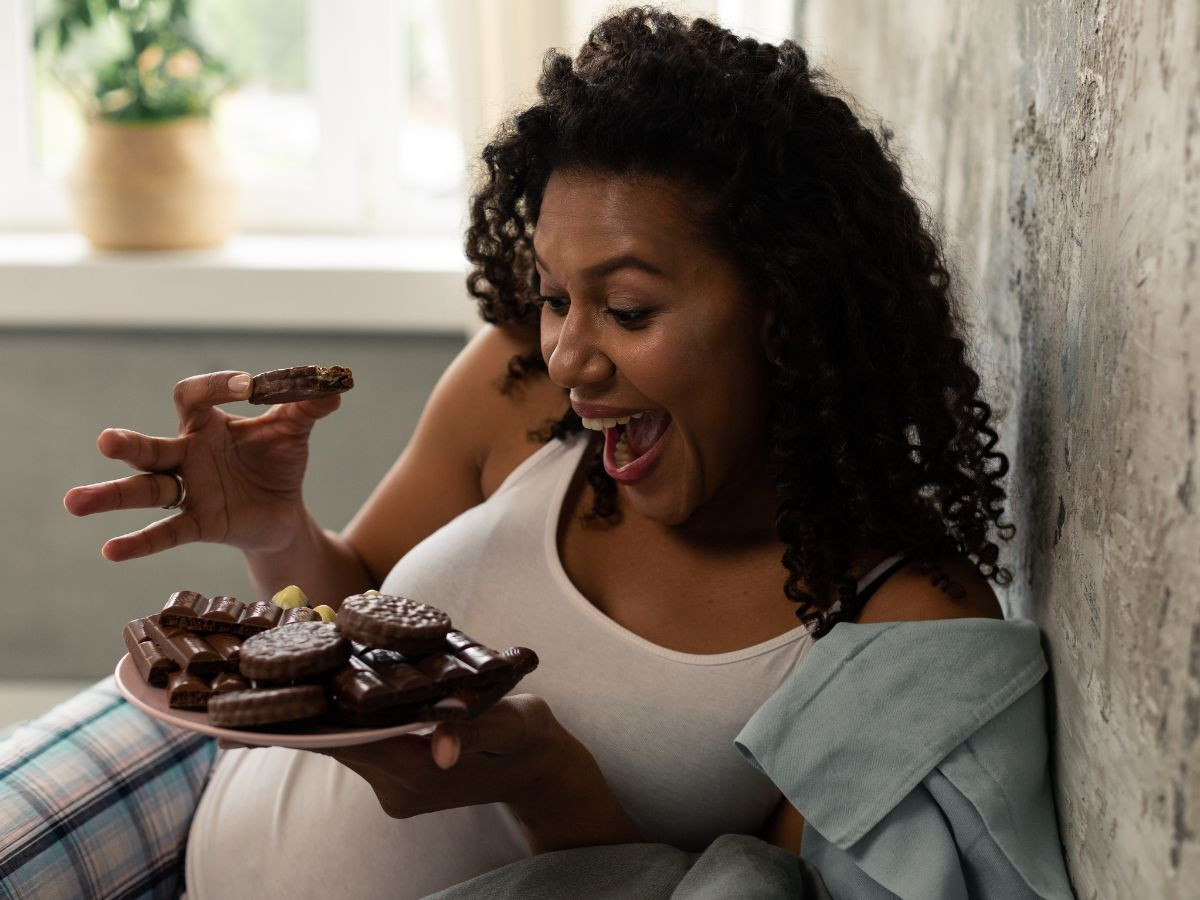
The Mysteries of Maternal Cravings
Hormonal Whirlwind: Pregnancy is a time of significant hormonal changes, leading to intense food cravings. Chocolate often tops the list. It’s like the body’s playful way of adding some sweetness to the rollercoaster of pregnancy.
Nutritional Needs: There’s also a theory that these cravings might be linked to an increased need for certain nutrients during pregnancy, such as iron, magnesium, or even the simple pleasure of quick energy from sugar.
Types of Chocolate Cravings
The Darker, The Better?: Some expectant mothers have told me they developed a newfound love for dark chocolate during pregnancy. Perhaps it’s the body seeking more antioxidants and less sugar.
Sweet and Creamy: Others lean towards milk chocolate or even chocolate with nuts and caramel – looking for texture and richness in their cravings.
A Note of Caution
Balance is Key: While it’s okay to give in to these cravings, balance is crucial, enjoying these cravings in moderation and ensuring a healthy diet for both mother and baby.
Different Types of Chocolate and Their Unique Appeals
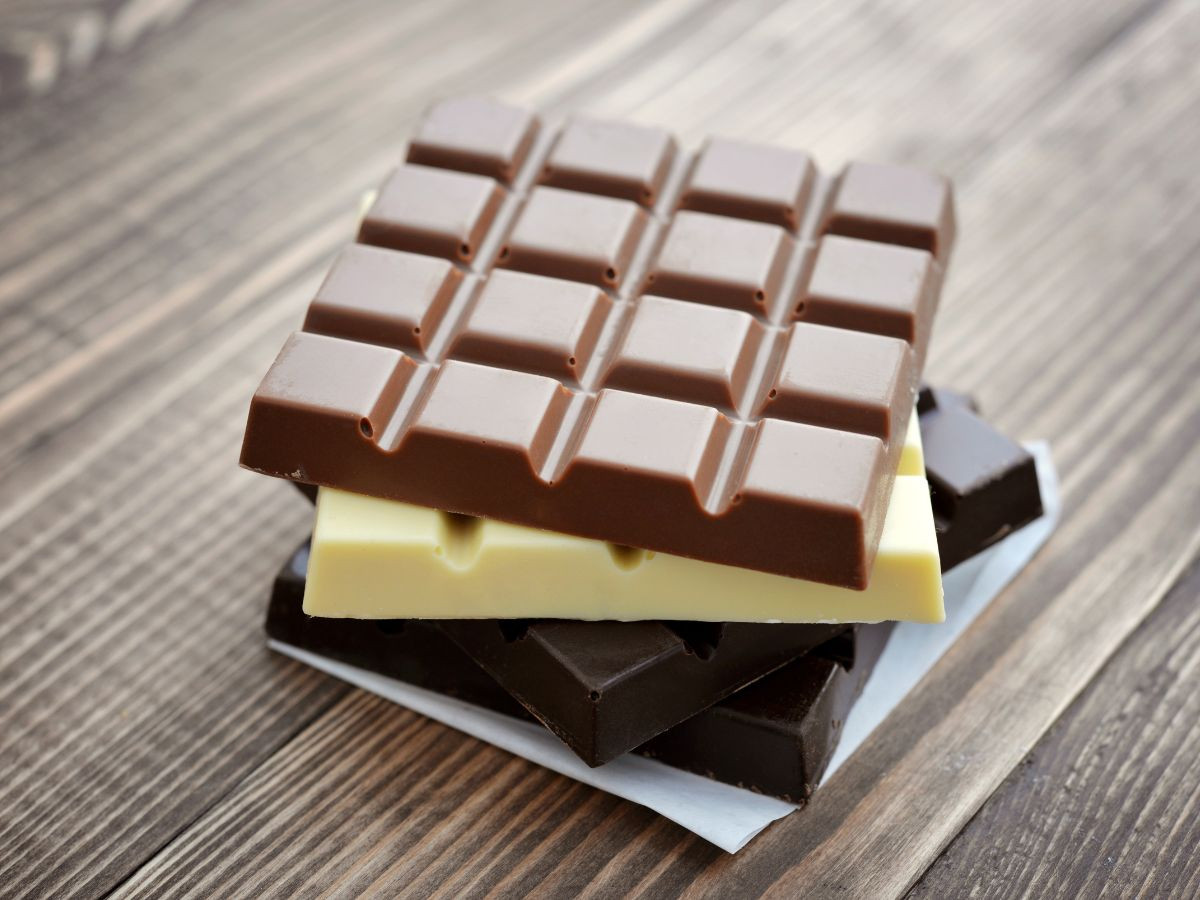
A World of Chocolate Varieties
Dark Chocolate – The Sophisticated Choice: Rich in cocoa, dark chocolate is for those who seek depth and intensity in flavor. It’s less sweet but packed with antioxidants, and Othersofis is preferred for its health benefits.
Milk Chocolate – The Comforting Classic: Creamy and sweet, milk chocolate is often associated with childhood and nostalgia. It’s a versatile player in the culinary world, loved for its smooth texture and comforting taste.
White Chocolate – The Sweet Contender: While it doesn’t contain cocoa solids, white chocolate is cherished for its creamy texture and sweet, buttery flavor. It’s a hit in desserts where a delicate, sweet touch is needed.
Cravings and Preferences
The Mood Factor: I’ve noticed that people’s chocolate preferences can change depending on their mood. Feeling adventurous or need a pick-me-up? Dark chocolate might be your go-to. Seeking comfort or a sweet treat? Milk chocolate is often the answer.
Texture and Taste Sensations: Texture also plays a huge role. The smooth silkiness of milk chocolate, dark chocolate’s rich denseness, and white chocolate’s creamy delicacy offer different sensory experiences.
The Cultural and Emotional Connection to Chocolate
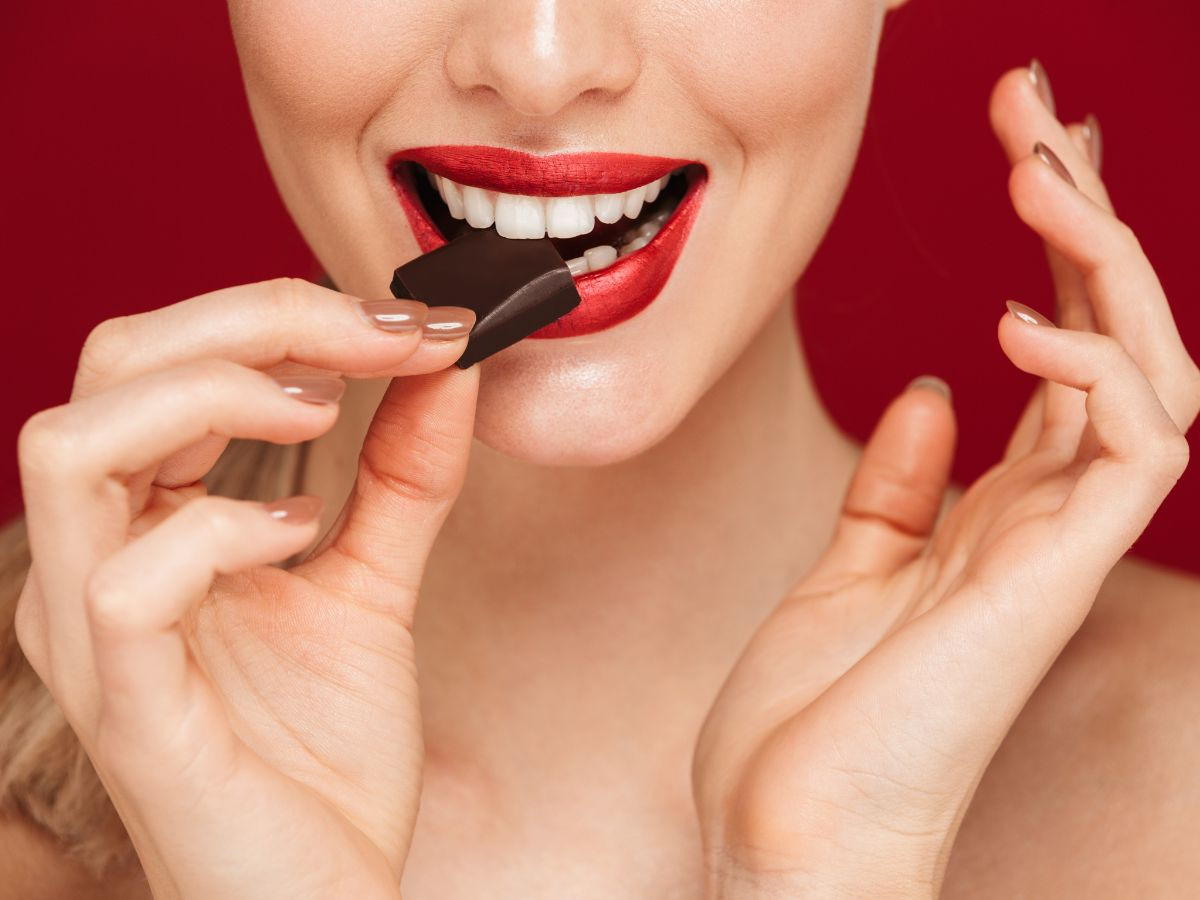
Chocolate as a Cultural Phenomenon
A Symbol of Love and Affection: Throughout history, chocolate has symbolized love, luxury, and affection. Think about Valentine’s Day and how chocolate has become synonymous with romantic gestures. It’s not just a treat; it’s a language of love.
Celebrations and Traditions: From Easter chocolates to Christmas treats, chocolate plays a starring role in many cultural festivities and traditions. It’s a universal symbol of joy and celebration.
Emotional Bonds with Chocolate
Comfort in a Bite: Many have an undeniable emotional connection with chocolate. It’s often the first thing we reach for in times of stress or sadness. As a chef, I’ve seen how a simple chocolate dessert can light up faces and lift spirits.
Memory Lane: Chocolate has the power to evoke memories and nostalgia. A particular chocolate bar might remind you of your childhood, while a fancy truffle might take you back to a specific moment in your life.
The Role of Chocolate in Modern Society
A Go-To for Celebrations: In modern times, chocolate has become the go-to treat for celebrations, big or small. Whether it’s a job promotion or a graduation, chocolate often plays a part in the celebration.
A Medium for Artistic Expression: As a chef, I see chocolate as an artistic medium. From intricate chocolate sculptures to beautifully crafted desserts, chocolate allows for creative expression like no other ingredient.
The cultural and emotional connection to chocolate is deep-rooted and multifaceted. It’s a symbol of love, a source of comfort, and a medium for celebration and creativity.
The Historical Perspective of Chocolate Cravings
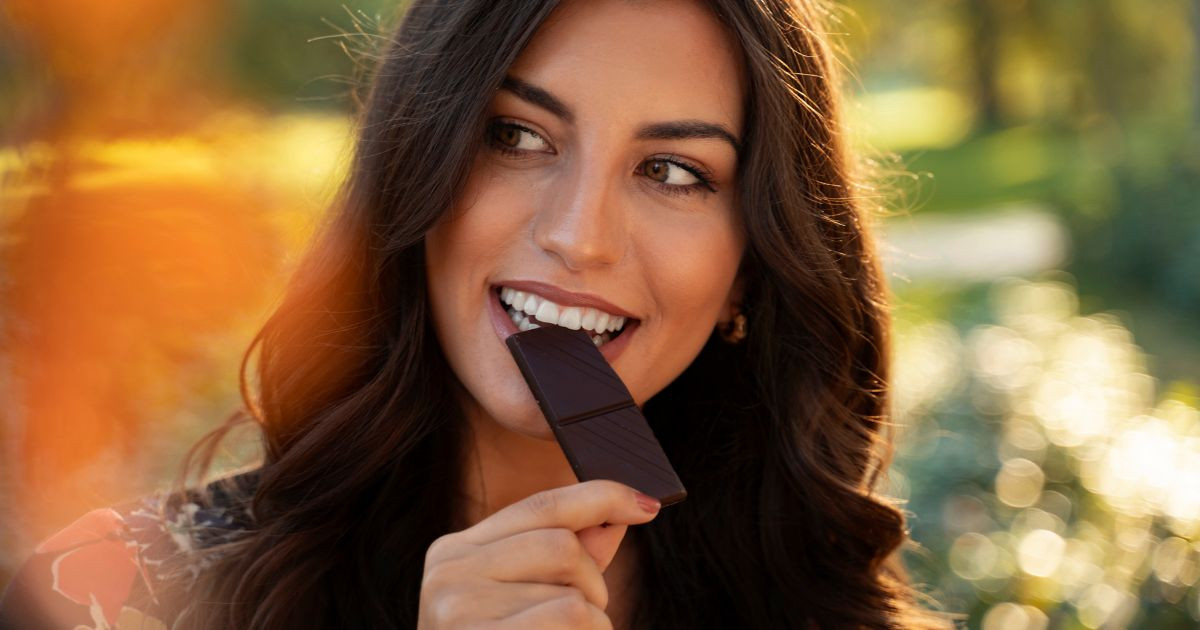
From Ancient Beverage to Modern Delight
Chocolate’s Mesoamerican Roots: The story of chocolate begins in ancient Mesoamerica, where it was consumed as a bitter, frothy beverage by civilizations like the Aztecs and Mayans. It was more than a drink; it was a sacred, medicinal, and ceremonial elixir. Imagine sipping on this rich, dark concoction – a far cry from today’s sweet chocolate!
The European Transformation: When chocolate made its way to Europe in the 16th century, it transformed. Sugar and milk were added, turning it into the sweet treat that revolutionized cravings and consumption habits. This marked the beginning of the chocolate craze in Europe.
The Evolution of Chocolate Cravings
From Elite Indulgence to Public Passion: Initially, chocolate was a luxury for the elite, symbolizing wealth and status. However, with the advent of industrialization and mass production in the 19th and 20th centuries, chocolate became accessible to everyone, fueling a universal craving.
The Changing Palate: Over the centuries, the taste and formulation of chocolate have evolved, catering to different palates and preferences. From dark, bitter bars to milk and white chocolate varieties, the evolution of chocolate has mirrored our changing tastes and cravings.
Chocolate’s Timeless Appeal
A Constant in a Changing World: Despite its transformations, the fundamental appeal of chocolate – its ability to bring joy, comfort, and satisfaction – has remained unchanged. It’s a testament to its timeless allure.
A Historical Legacy: Every time we indulge in a piece of chocolate, we’re partaking in a legacy that spans thousands of years. It’s a sweet connection to our past, enjoyed in the present.
The history of chocolate cravings is a rich tapestry woven with cultural transformations, technological advancements, and evolving tastes.
As a chef and a chocolate enthusiast, I find this history fascinating and deeply inspiring. Chocolate is more than just a food item; it’s a historical journey that continues to evolve and surprise us.
A Dark Chocolate Summary Conclusion

As we’ve journeyed through the world of chocolate cravings, we’ve uncovered a rich tapestry of reasons, emotions, and history behind our love for this timeless treat.
From the psychological comfort it brings to its role in cultural and social celebrations, chocolate is more than just a confection; it’s a companion through various stages and moods of life.
Whether it’s the endorphin boost, the menstrual relief, the temporary sugar rush, the increased blood sugar levels, the pregnancy cravings, or the sheer variety of flavors, chocolate caters to a wide range of needs and desires.
Our connection with chocolate transcends taste. It’s embedded in our celebrations, history, and emotional landscapes.
The evolution of chocolate from an ancient beverage to a modern-day treat reflects our journey with this beloved food. Each era has shaped how we crave and enjoy chocolate today.
In the end, whether you’re a dark chocolate devotee, a milk chocolate enthusiast, or someone who finds solace in the creamy embrace of white chocolate, remember that each craving, each bite, is a part of a larger story.
It’s a story that spans centuries, cultures, and emotions – a story where each of us has a deliciously sweet part to play.
So, the next time you find yourself unwrapping a chocolate bar, take a moment to appreciate the journey it has taken to reach you and enjoy every bite with the joy and reverence it deserves.
FAQ and Additional Information
What deficiencies cause chocolate cravings?
Chocolate cravings can sometimes be linked to certain nutritional deficiencies. Here are a few key ones:
Magnesium: Chocolate, incredibly dark chocolate, is a significant source of magnesium. Magnesium involves over 300 biochemical reactions, including muscle and nerve function, blood glucose control, and energy production. If you’re craving chocolate, it might be your body’s way of signaling a need for more magnesium.
Iron: Chocolate contains some iron, and cravings might sometimes be associated with an iron deficiency, especially in individuals with anemia. This is more likely if you crave dark chocolate, which has a higher iron content than milk or white chocolate.
Zinc: While not as rich in zinc as other foods, chocolate contains this essential mineral. Zinc plays a role in immune function, cell growth, and wound healing. A chocolate craving might be a subtle hint from your body that it needs more zinc.
Mood-related Factors: While not precisely a ‘deficiency,’ chocolate cravings are often associated with low neurotransmitters such as serotonin and dopamine, which are involved in mood regulation. Chocolate acts as a temporary boost in these chemicals, leading to improved mood and temporary relief from symptoms of depression or anxiety.
It’s important to note that while cravings can sometimes be a sign of deficiency, they are not a definitive indicator. Many factors, including emotional states, habitual behavior, and environmental cues influence cravings.
If you suspect a nutritional deficiency, it’s best to consult with a healthcare professional for proper testing and diagnosis.
What should I eat if I want chocolate?
If you’re craving chocolate but looking for alternatives, either for healthy lifestyle reasons or to diversify your diet from excessive calories, there are several options you can consider.
These alternatives can satisfy your craving for refined sugar while providing different nutritional benefits:
Dark Chocolate: If you’re craving chocolate but want a healthier option, choose dark chocolate with a high cocoa content (70% or higher). Dark chocolate contains less sugar and more antioxidants compared to milk chocolate.
Fruits: Certain fruits, like bananas, cherries, or berries, can satisfy sweet cravings. Dipping fruits in a small amount of melted dark chocolate or having them with a chocolate-flavored yogurt can be a healthier way to fulfill a chocolate craving.
Nuts and Seeds: Nuts like almonds, peanuts, or seeds like pumpkin seeds can be a satisfying snack. They have a natural richness and can be found in chocolate-flavored varieties. Nut butter (like almond or peanut butter) can also be a good option, especially when paired with fruit.
Carob: Carob is often used as a chocolate substitute. It’s naturally sweet and can be found in many forms, including chips and powder. Carob can be used in baking or mixed into smoothies with the texture of cocoa butter.
Cocoa Powder: Using unsweetened cocoa powder in smoothies, oatmeal, or yogurt can provide a chocolate flavor without the added sugars in chocolate bars. You can also drink hot cocoa with cocoa powder and a sweetener.
Chocolate-flavored Teas or Coffees: Many teas and coffees are available with chocolate undertones. These can provide the aroma and some of the flavor notes of chocolate without the calories.
Whole Grain Snacks: Whole grain snacks like granola bars or oatmeal can sometimes curb cravings, especially if they hint at chocolate or cocoa powder.
Greek Yogurt with Cocoa Powder: Mixing a bit of cocoa powder and a sweetener into Greek yogurt can create a creamy, chocolatey snack high in protein.
Trail Mix: Making your own trail mix with a small amount of dark chocolate chips, nuts, seeds, and dried fruit can be a good snack option that includes a bit of chocolate.
Homemade Chocolate Treats: Creating your own chocolate treats at home using dark chocolate and healthier ingredients can be an excellent way to satisfy your craving while controlling the amount and quality of the chocolate and sweeteners.
What does craving chocolate mean, hormones?
Craving chocolate can be linked to hormonal changes in the body, particularly in women. Here are a few key hormonal factors that might explain chocolate cravings:
Menstrual Cycle:
Many women report increased cravings for chocolate and other sweets in the days leading up to their menstrual period. This is likely due to hormone fluctuations such as estrogen and progesterone during the menstrual cycle.
These hormonal changes can affect mood and appetite. For instance, lower estrogen levels can lead to a drop in serotonin, a neurotransmitter that helps regulate mood and appetite, potentially increasing cravings for foods like chocolate.
Pregnancy:
Hormonal changes during pregnancy can also lead to altered taste preferences and cravings. The body undergoes significant hormonal shifts during pregnancy, which can affect both the sense of taste and smell, sometimes leading to specific cravings, including the feeling of craving chocolate.
Stress Response:
Chocolate cravings can also be tied to the body’s response to stress. When stressed, the body releases cortisol, a hormone that can increase appetite and cravings for sweet, high-fat foods like chocolate. Chocolate itself stimulates the release of endorphins and serotonin, which can improve mood and provide a temporary sense of relief from stress, reinforcing the craving for sugar and fat again.
PMS (Premenstrual Syndrome):
For some women, premenstrual syndrome (PMS) can bring about chocolate cravings. The reasons are not entirely clear, but they may be related to both the emotional symptoms (such as mood swings and irritability) and the physical symptoms (like fatigue and tension) associated with PMS.
American women crave chocolate during these times. Eating chocolate during a Menstrual chocolate craving can boost serotonin levels, which might be why it’s sought after during this time to boost mood and energy levels.
Magnesium Levels:
Some researchers suggest that cravings to eat chocolate could be partly due to its magnesium content, as magnesium levels fluctuate throughout the menstrual cycle.
Chocolate is a significant source of magnesium, and craving to eat chocolate might be the body’s way of trying to balance these levels.
It’s important to note that while hormonal changes can influence cravings, they are not the only factor. Psychological, social, and environmental factors also play a significant role.
Moreover, not everyone who experiences hormonal fluctuations will crave chocolate, indicating that individual differences play a role.


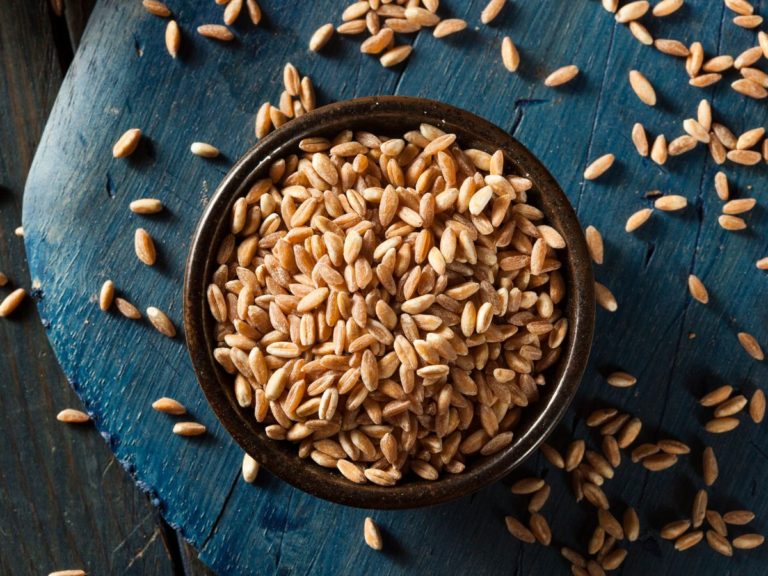
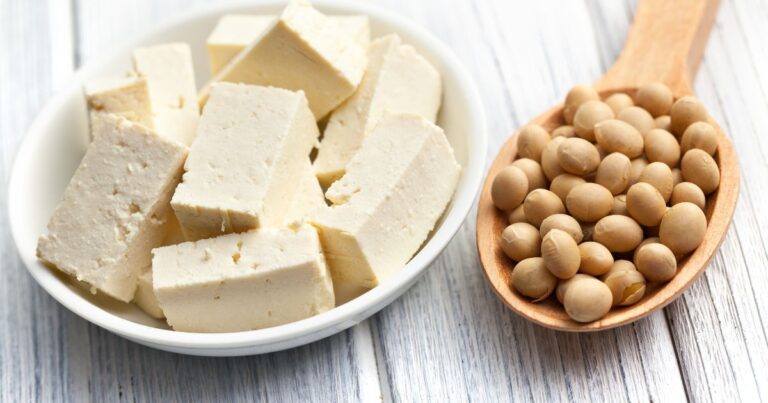
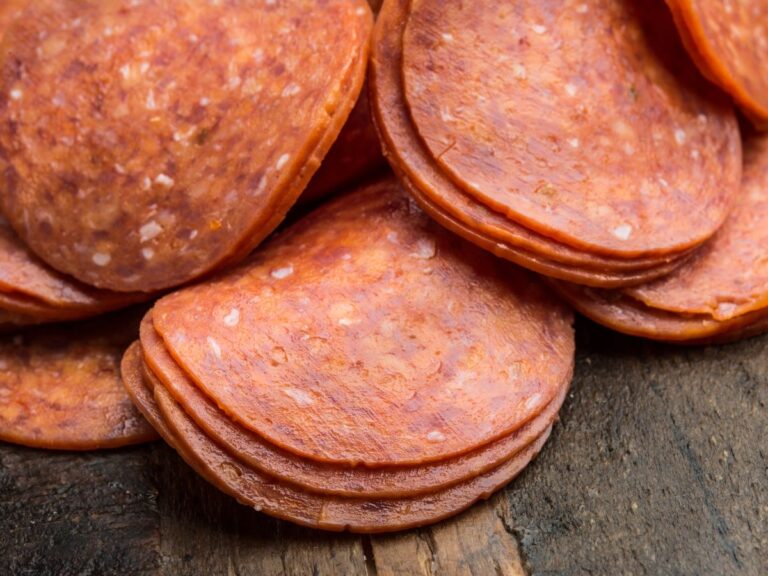
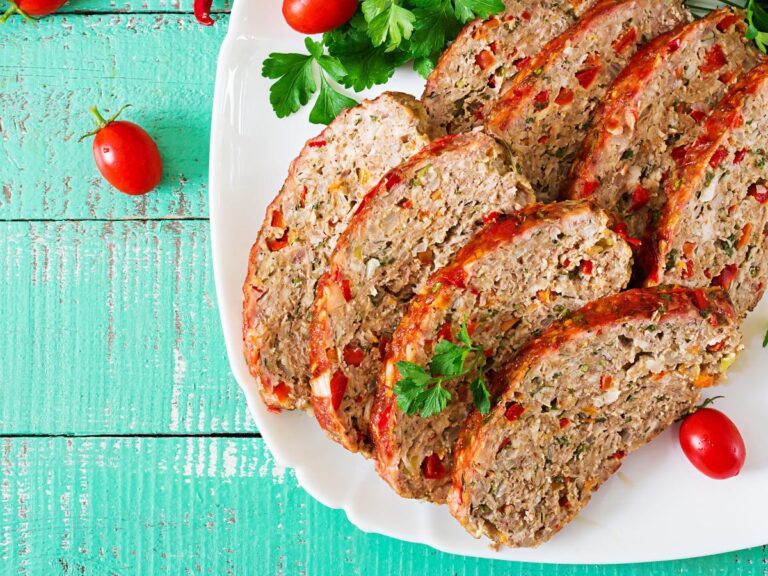
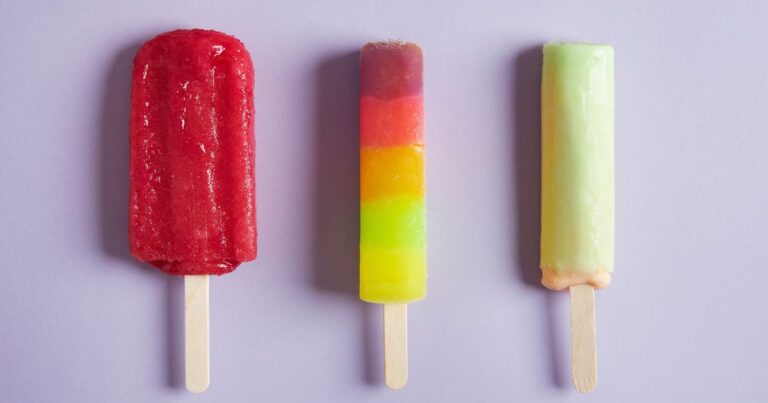
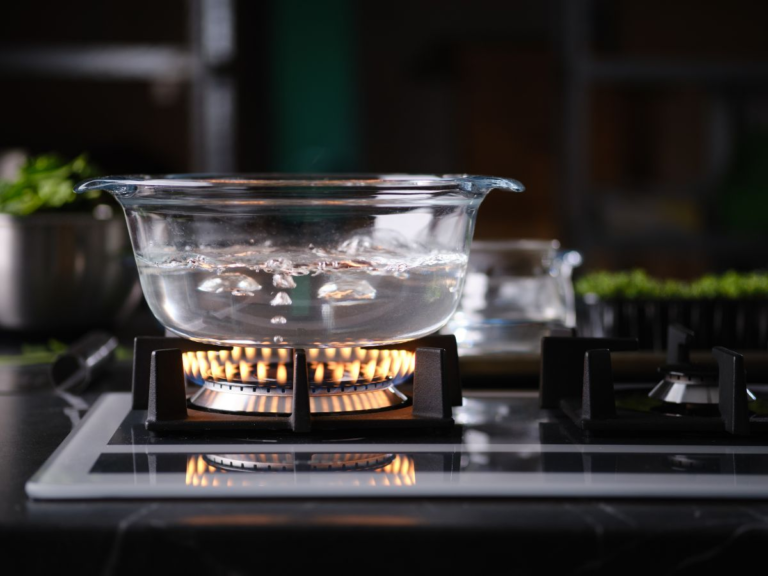
2 Comments